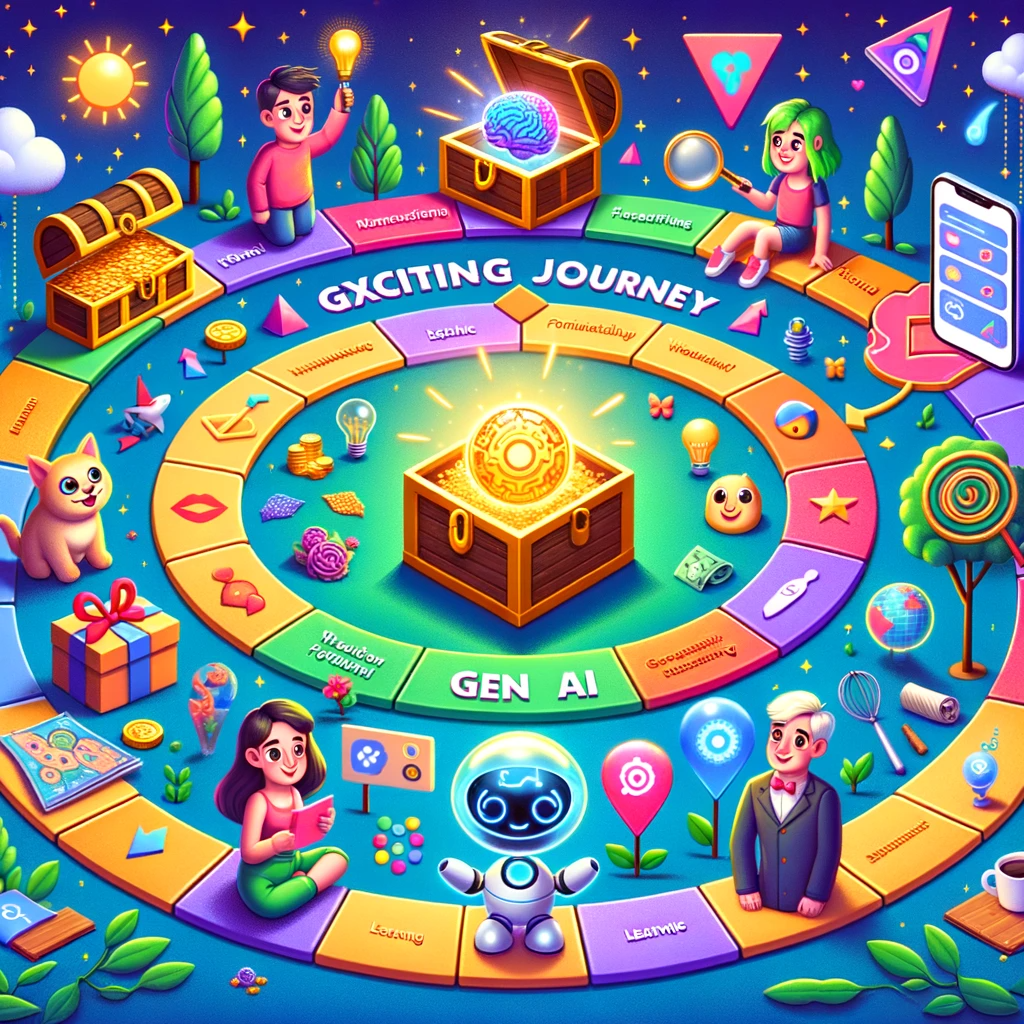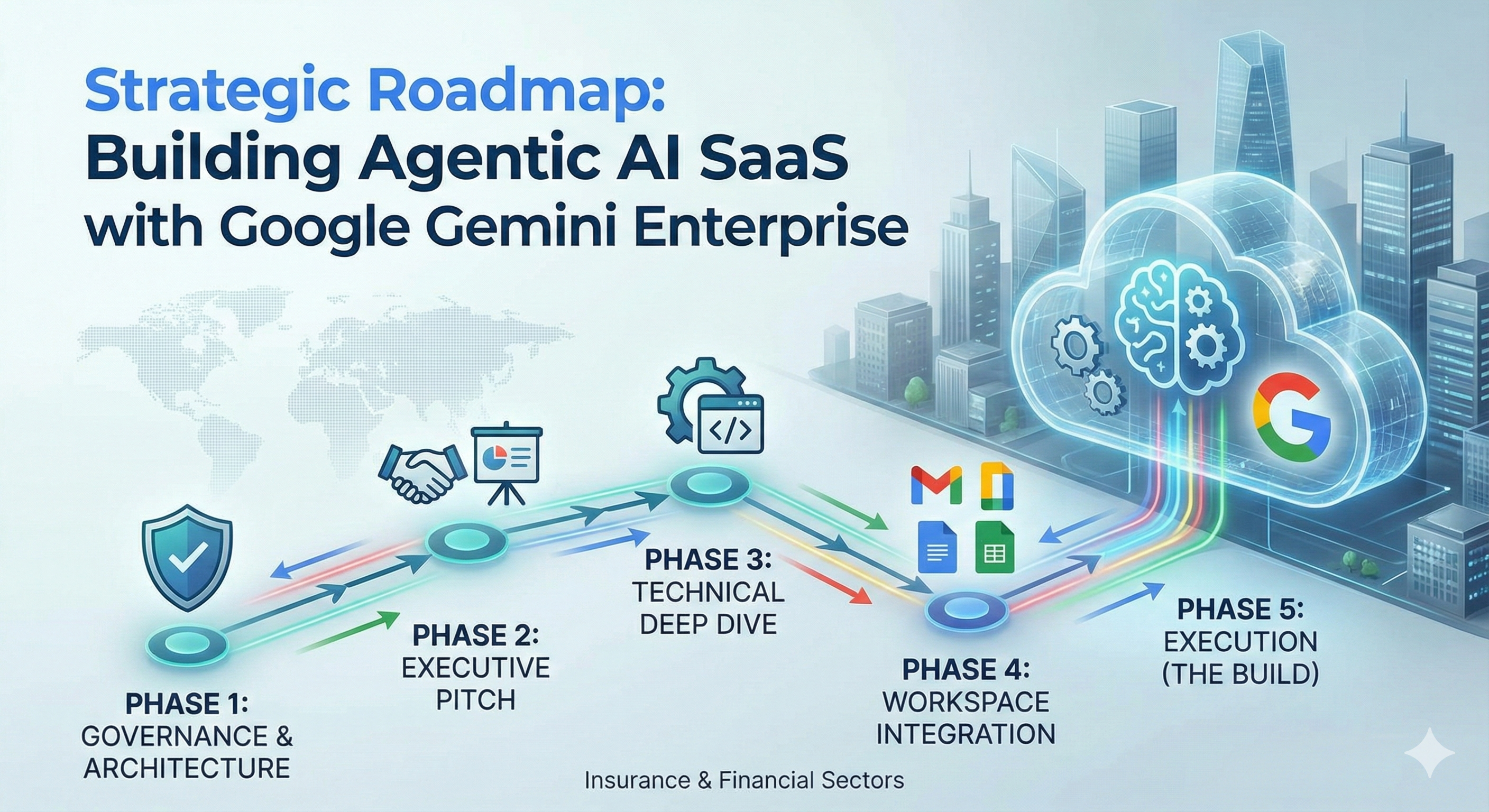Table of Contents
Introduction:
Ever felt lost in the maze of tech jargon? Don’t worry! Let’s dive into this guide that simplifies Generative AI Solutions, making them easy to understand.
What is Generative AI Solutions?
Generative AI Solutions (Gen AI) is now a widely recognized term in the tech industry. However, it could be interpreted as “General AI Solutions,” which would refer to artificial intelligence systems or applications that are designed to handle a wide range of tasks, rather than being specialized in one specific area.
Here is 12-step guide to Generative AI Solutions. Learn to define objectives, gather quality data, choose the right model, and train your AI effectively. Get insights into ethical AI and practical tips for success.
1. Starting Blueprint
Defining the purpose and scope of your Generative AI project is akin to setting the rules or objectives for a game. For instance, if the aim is to develop an AI that generates new music, the blueprint would outline the genres, styles, and parameters such as tempo and mood that the AI should focus on.
2. Gathering Data
Data collection forms the foundation of AI learning, similar to gathering ingredients for a recipe. For a music-generating AI, this would involve collecting a wide range of music files, lyrics, and possibly chord progressions and rhythms.
3. Tidying Up Data
This step involves cleaning and organizing the data, removing irrelevant or corrupt data. In the context of a music dataset, this might mean removing corrupted audio files, irrelevant genres, or poorly transcribed lyrics.
4. Picking the Model
Selecting the appropriate AI algorithm or model that suits the project’s needs is crucial. For music generation, a model known for processing sequential data, like a Recurrent Neural Network (RNN), might be chosen.
5. Training Time
This phase involves ‘teaching’ the AI model using the prepared dataset. The music AI, for example, is fed with the dataset of songs and lyrics to learn patterns and styles of music composition.
6. Checking Performance
Evaluating the AI model’s performance using a separate set of data ensures it’s learning correctly. This could involve testing the AI by having it generate new music pieces and assessing their quality and originality.
7. Tweaking & Tuning
Adjusting and refining the model based on its performance is necessary. If the AI produces music that’s too repetitive, its parameters might be adjusted to encourage more variability.
8. Putting AI to Work
Deploying the AI in a real-world application or scenario is the next step. This could mean integrating the AI into a music production software where users can generate original compositions.
9. Feedback Time
Collecting and analyzing user feedback is essential to further improve the AI. If users report that the AI-generated music lacks a certain emotion or depth, this feedback should be used for further training.
10. Growing Bigger
Expanding the capabilities or application areas of the AI solution is important. The AI’s functionality could be extended to create not just melodies but also full arrangements including drums, bass, and other instruments.
11. Safe & Sound
Ensuring ethical use and safety in the AI’s operation is critical to prevent misuse or harm. Measures should be implemented to prevent the AI from creating copyrighted melodies or offensive lyrics.
12. Regular Check-ups
Continuously monitoring and maintaining the AI system ensures it stays relevant and effective. Regular updates of the AI’s dataset with new music trends and styles are necessary to keep its outputs fresh and contemporary.
FAQ for Generative (Gen) AI Solutions.
How do Generative AI solutions work?
These solutions work by using algorithms to analyze and learn patterns from data and then using these patterns to generate new, similar data. For example, after studying many photos of cats, a generative AI can create new cat images that don’t exist yet.
What are the benefits of Generative AI solutions?
The benefits include creating personalized content, saving time on tasks that require creativity, and assisting with innovation in fields like medicine, where it can help design new molecules for drugs.
What are the risks of Generative AI solutions?
The risks involve generating inaccurate or biased content if the AI learns from flawed data. There’s also the potential for misuse, such as creating deepfakes, which are realistic but fake images or videos.
What are the best Generative AI solutions?
Some of the best-known generative AI solutions include GPT-3 for writing and DALL-E for creating images. These have been recognized for their advanced capabilities and wide range of applications.
Generative AI Applications
Generative AI solutions are used to create new content, like images, music, text, and videos, that didn’t exist before. For example, an AI could design new fashion items by analyzing current trends.
Generative AI Business Use Cases
Companies use generative AI to improve product design, personalize customer experiences, and even generate marketing content. For instance, a car company might use AI to come up with new car models or a marketing firm might use it to write creative ad copy.
Generative AI Challenges
One challenge of implementing generative AI is ensuring the quality and accuracy of what the AI creates. Another challenge is the computing power needed to run these systems. For example, generating high-quality video content can require a lot of technical resources.
Generative AI Ethics
The ethical implications of generative AI include the potential for creating misleading or harmful content, like deepfakes, or impacting jobs in creative fields. It raises questions about the responsibility for AI-generated content and the protection of intellectual property.
Generative AI Future
The future of generative AI looks promising, with potential advancements leading to more accurate and efficient content creation. This could mean AI that can quickly develop educational materials tailored to individual learning styles or create personalized entertainment.
Read More:
Machine Learning: Exploring Tech’s Greatest Adventures
Deep Learning: Deep Dive into AI’s Unraveling Tech Wonders in Everyday Moments
“AI’s 13 Stages of Evolution: Navigating from Simple Beginnings to Enchanting Breakthroughs!”
Reference:
https://en.wikipedia.org/wiki/Generative_artificial_intelligence



